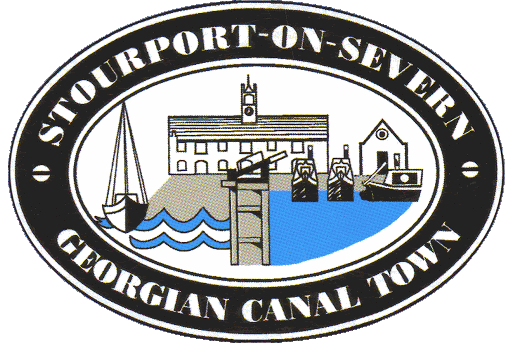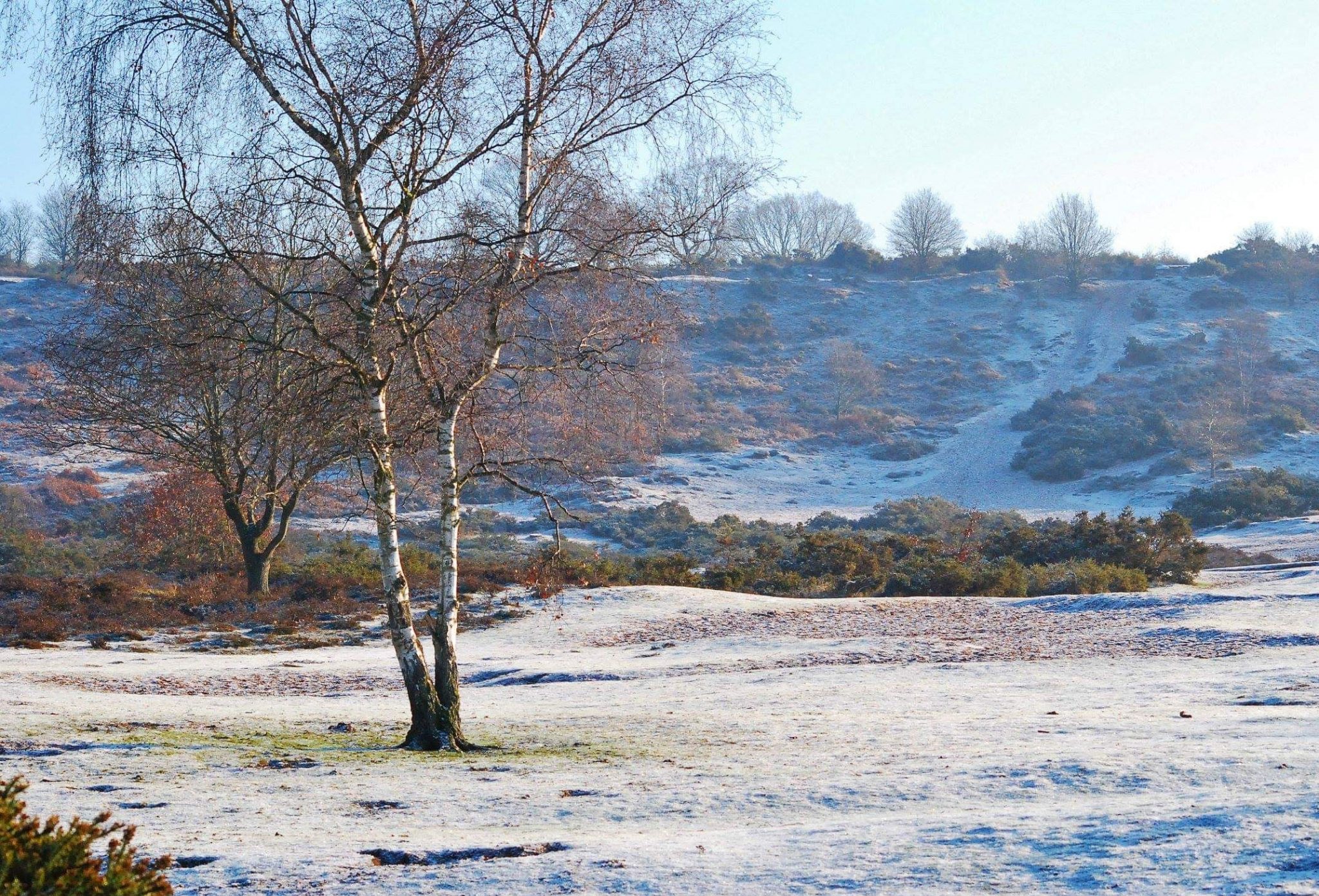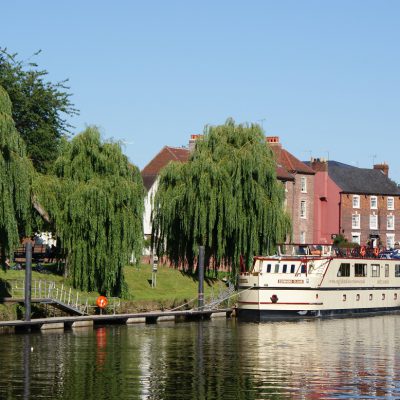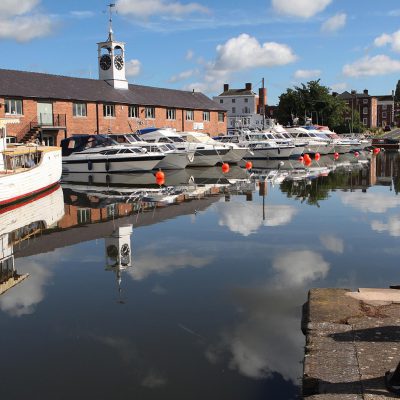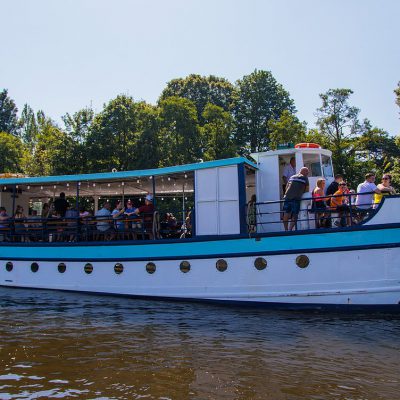Hartlebury Common is one of Worcestershire’s most important nature reserves and is owned and managed by Worcestershire County Council. It is s Site of Special Scientific Interest (SSSI) especially noted for its wild plants and the many species of moths and butterflies that have been recorded. Heather dominates the lower terrace and specialist flowers, such as shepherds cress, sheep’s sorrel, heath bedstraw and delicate lilac harebell flourish. Birds include the yellowhammer, as well as a variety of woodland birds in the oak woods.
What is Lowland Heathland?
Lowland Heathland occurs on acidic, impoverished, dry sandy or wet peaty soils, and is characterised by the presence of a range of dwarf-shrubs, for example, heather.
Lowland heathland is a priority for nature conservation because it is a rare and threatened habitat. It has declined greatly in extent during the last two centuries – in England, it is estimated that only one-sixth of the heathland present in 1800 remains – and it still faces major pressures. The habitat is home to numerous highly specialised plants and animals.
The UK has a special obligation to conserve this habitat, given that it supports about 20% of the lowland heath in Europe.
The Bog
Hartlebury Common is also important because it contains Worcestershire’s only area of acidic bog. It is of significant archaeological interest owing to the presence of paleoenvironmental deposits. In recent years detailed scientific studies have shown decreasing water levels and possibly nitrification, which appear to be partly responsible for the loss of the distinctive flora.
Rush Pool
This is an ancient pool that supports a swamp community of plants that includes locally-abundant marsh cinquefoil and reedmace as well as scarce species such as bogbean. It is also an important archaeological site.
The Future?
Left to its own devices the heathland would gradually turn into woodland, which is what it must have been when our Neolithic ancestors settled in the area. It is important to stop too much broom, gorse and young trees from growing up in the open areas, otherwise, they would shade out rarer species and we would lose this nationally important habitat. This is the main reasons why cattle have been introduced onto the common again, and why the County Council has undertaken a major programme of tree clearance.
Both the Bog and Rush Pool are in danger of vanishing, along with several rare and valuable species of wildflowers, if the water table continues to fall.
